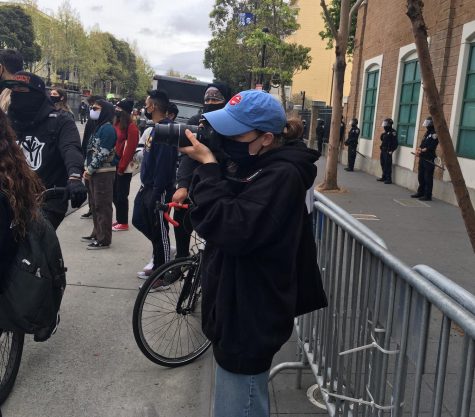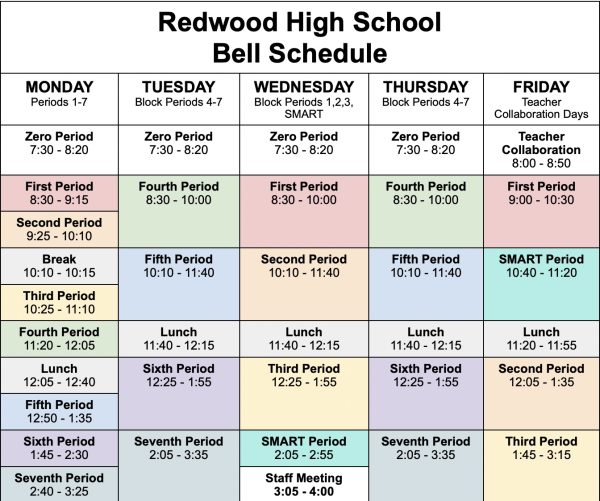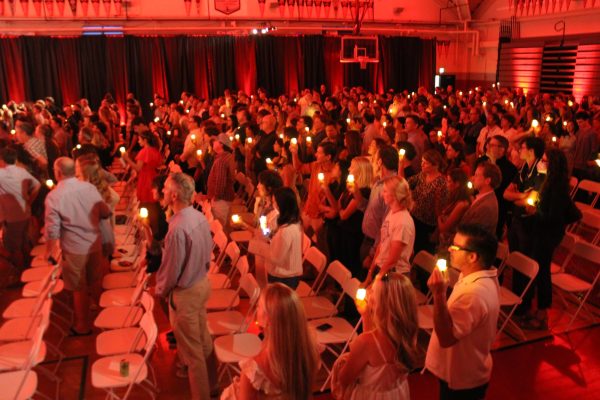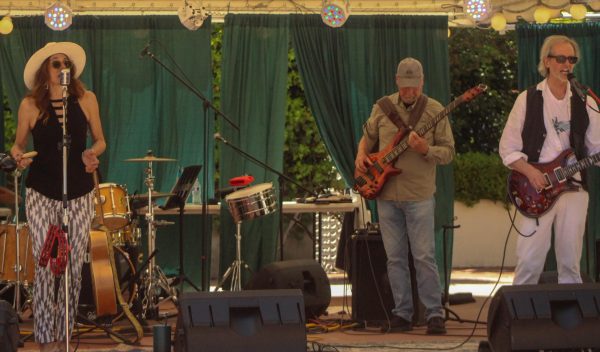Biden addresses a divided nation in State of the Union speech
March 24, 2022
President Joe Biden delivered his first annual State of the Union Address to a joint session of Congress this March. The State of the Union historically addresses the president’s priorities and agenda, along with the nation’s achievements, economy, and news, and it is customary for the speaker to end with the phrase, “State of the union is strong.” However, in a March 17 poll by Monmouth University, only 46 percent of Americans said they believe the state of the union is strong. The other 51 percent of recipients said it is either “not too strong” or “not at all strong”.
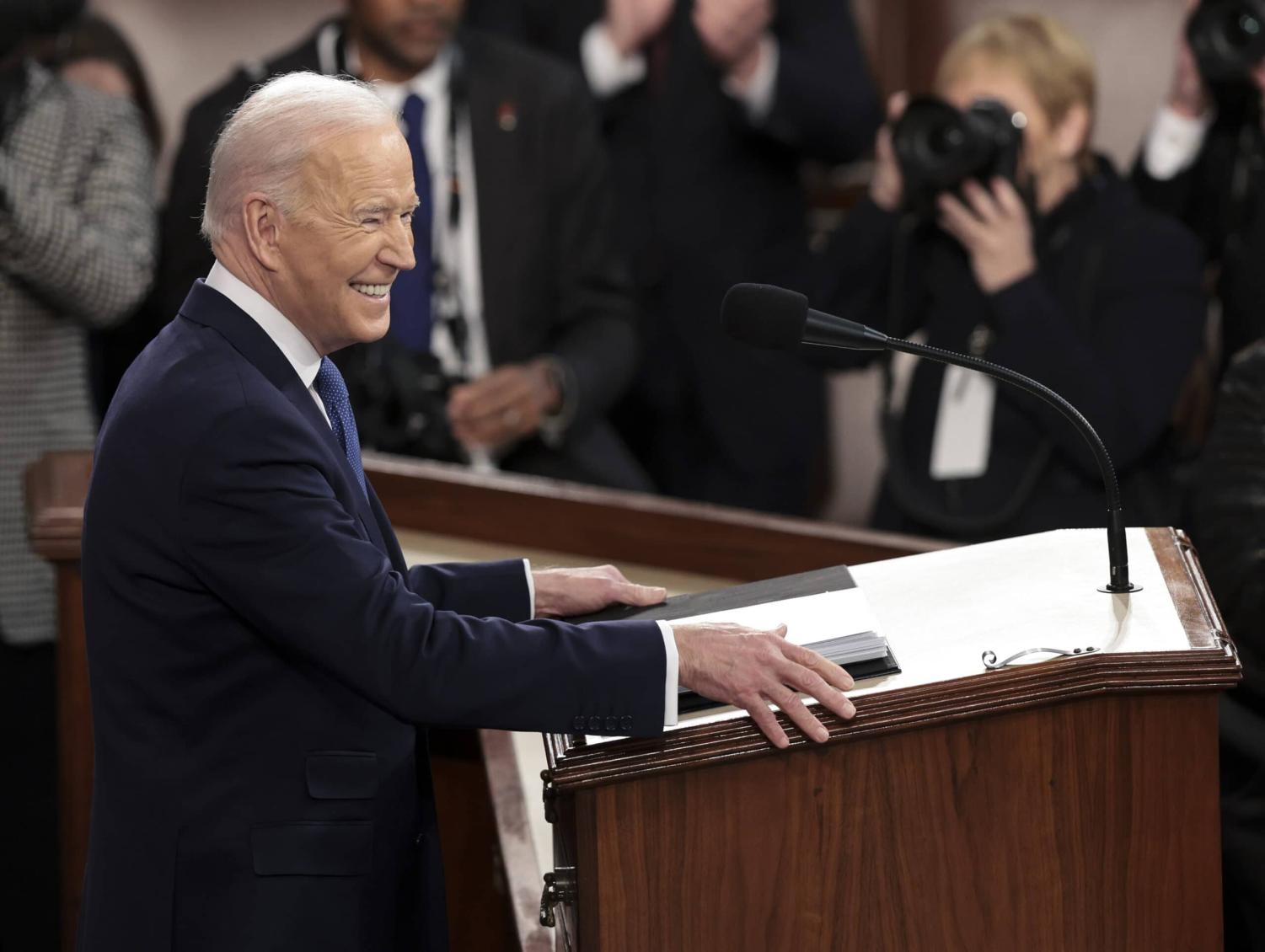
Biden’s speech was delivered to his largest audience yet during one of the most divisive periods of his presidential term; at the time of the speech, his approval rating was at its second-lowest on record. A March 4 analysis by NPR reported that his approval rating jumped 8 points following the speech, however, it remains at a non-majority 47 percent, a small improvement from 39 percent in mid-February.
Additionally, with eight months until critical midterm elections, the address held significant weight. Approaching midterms, a Wall Street Journal poll released March 15 reported that more than half of Americans do not believe Biden will run for reelection.
Aside from his presidency, the speech was delivered during a time of international tension and conflict, and Biden began by directly recognizing the crisis in Ukraine. He condemned Russian President Vladimir Putin’s full-scale military invasion, praised the Ukrainian people with quotes from Ukrainian President Volodymyr Zelensky and acknowledged Ukrainian ambassador Oksana Markarova in a touching moment of solidarity.
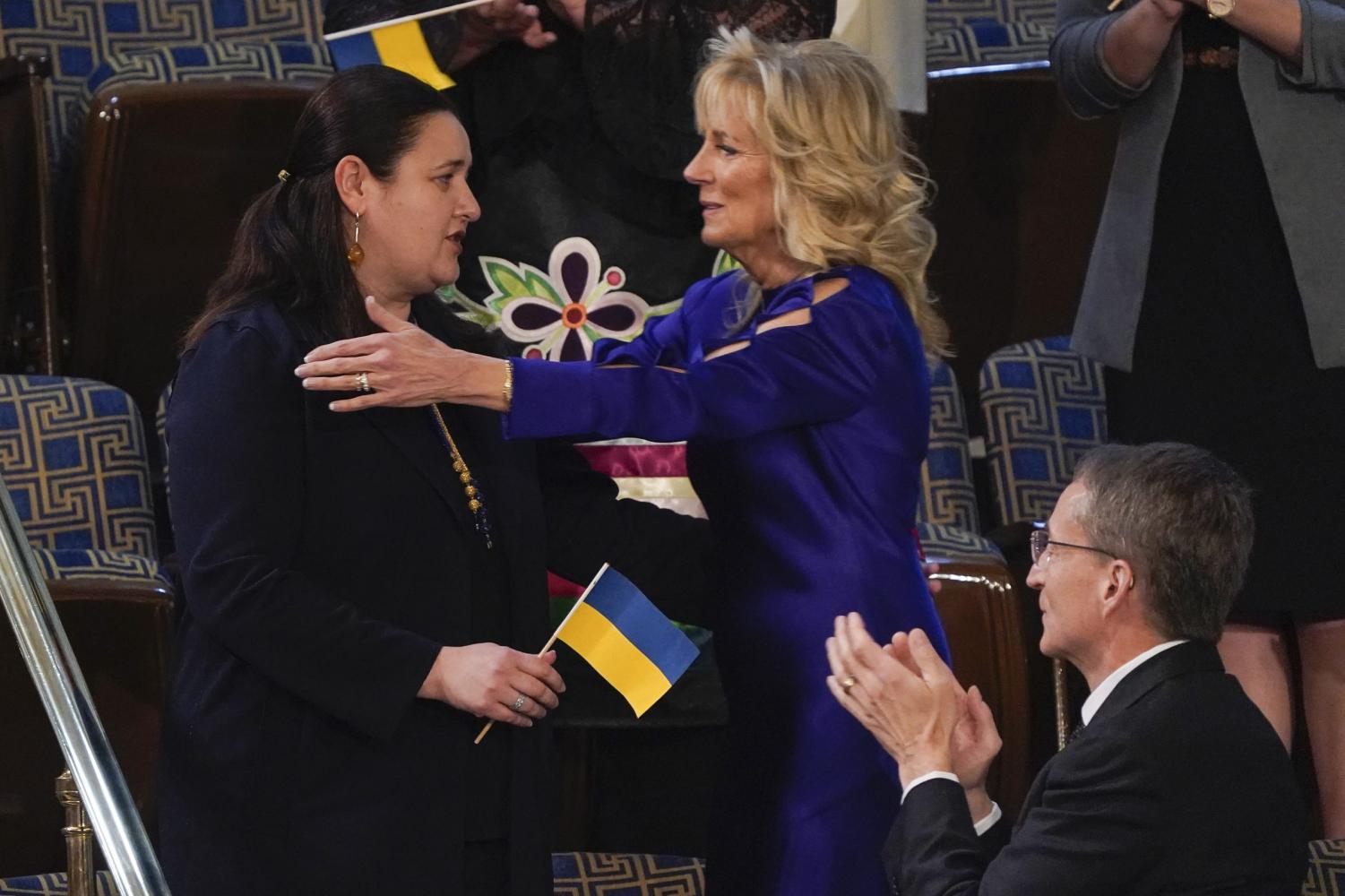
“The Ukrainian ambassador to the United States is here tonight … Let each of us stand if you’re able, to send an unmistakable signal to Ukraine and to the world,” said Biden. “We, the United States of America, stand with the Ukrainian people.”
This statement was met with resounding applause from both sides of the chamber. Many attendees, both Republican and Democrat, expressed their support for Ukraine by wearing blue and yellow clothing and accessories representing colors of the Ukrainian flag.
Mark Reynolds, Advanced Placement U.S. History and English teacher at Redwood, observed how Biden’s segment on Ukraine highlighted some bipartisan solidarity.
“[We] do see unity around Ukraine. Both Republicans and Democrats know we’re not sending troops; we’re not going to go to World War III over Ukraine. And yet, we want to help them to the extent we can,” Reynolds said.
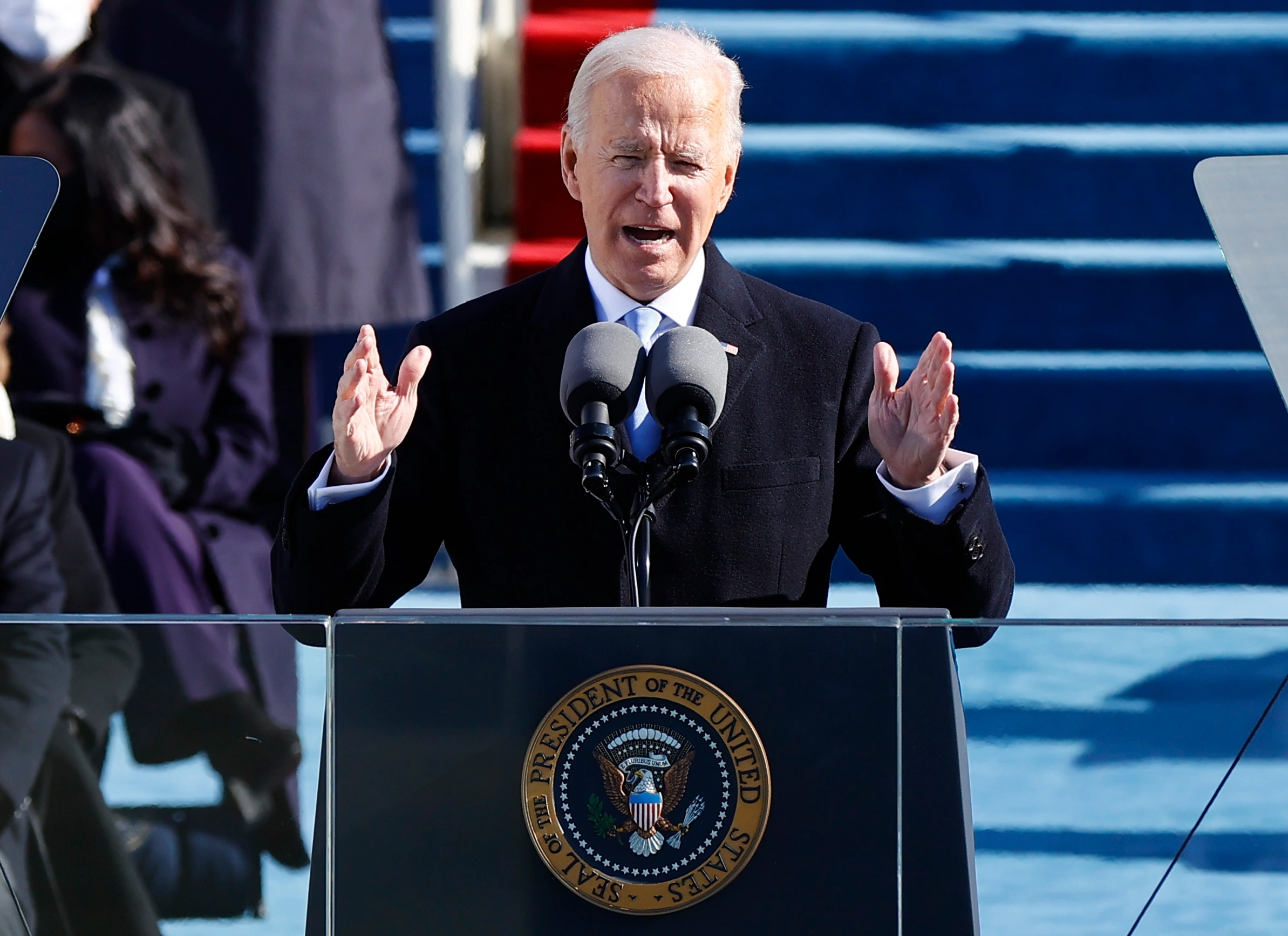
However, Reynolds remarked that the bipartisanship exhibited in that segment is not a common feature of Biden’s recent speeches. Though attempts to find common ground may have been more present at the start of his term, as Reynolds argued, Biden now lacks such appeals.
“When Biden first won, he gave a speech about unity … he [used language] about bringing the country together; uniting the country. But then, as president, there’s been none of that rhetoric,” Reynolds said. “I think had he kept that tone of, ‘We want to unify the country, we want to stop these culture wars, we want to stop the partisan craziness,’ he would have been better served.”
Biden did condemn what could be called “partisan craziness” at another point in his address. When discussing COVID-19, he called for all Americans, regardless of party, to help curb the spread of the virus.
“Let’s stop looking at COVID-19 as a partisan dividing line and see it for what it is: a God-awful disease,” Biden said. “Let’s stop seeing each other as enemies, and start seeing each other for who we really are: fellow Americans.”
However, in an article annotating and analyzing the address, CNN’s Zachary Wolf, Curt Merrill and Ji Min Lee questioned the impact of Biden’s claim.
“This was a nice moment calling for unity. But it’s hard to imagine it pierced the hardened political divide over how to respond to the disease,” the CNN analysts said.

Even Biden himself followed up the claim with a recognition that unifying the country, even under a mutual experience like COVID-19, is not an easy task.
“We can’t change how divided we’ve been, it’s a long time coming,” Biden said. “But we can change how we move forward, on COVID-19 and other issues we must face together.”
Joe Gonzalez, Redwood Advanced Placement English Language and Composition and Oral Rhetoric teacher, noted that an appeal to “togetherness” is a rhetorical device of unification. However, he doubts the speech’s impact.
“I think that words can try to bridge that gap between ideological differences. And I think that Biden and the speechwriters tried their best to appeal to a larger sense of patriotism, a larger sense of common good,” Gonzalez said. “But first, I’m hesitant to say that people who disagree with him … are watching it at all if, in our divided climate, that’s something that one would do. Second, if it were to bridge any gaps, someone would already have to be open to hearing others’ perspectives to be moved by a speech like the State of the Union Address.”
Reynolds remarked that lack of appeal to common ground isn’t simply characteristic of Biden’s speeches, but a theme prevalent in national politics overall.
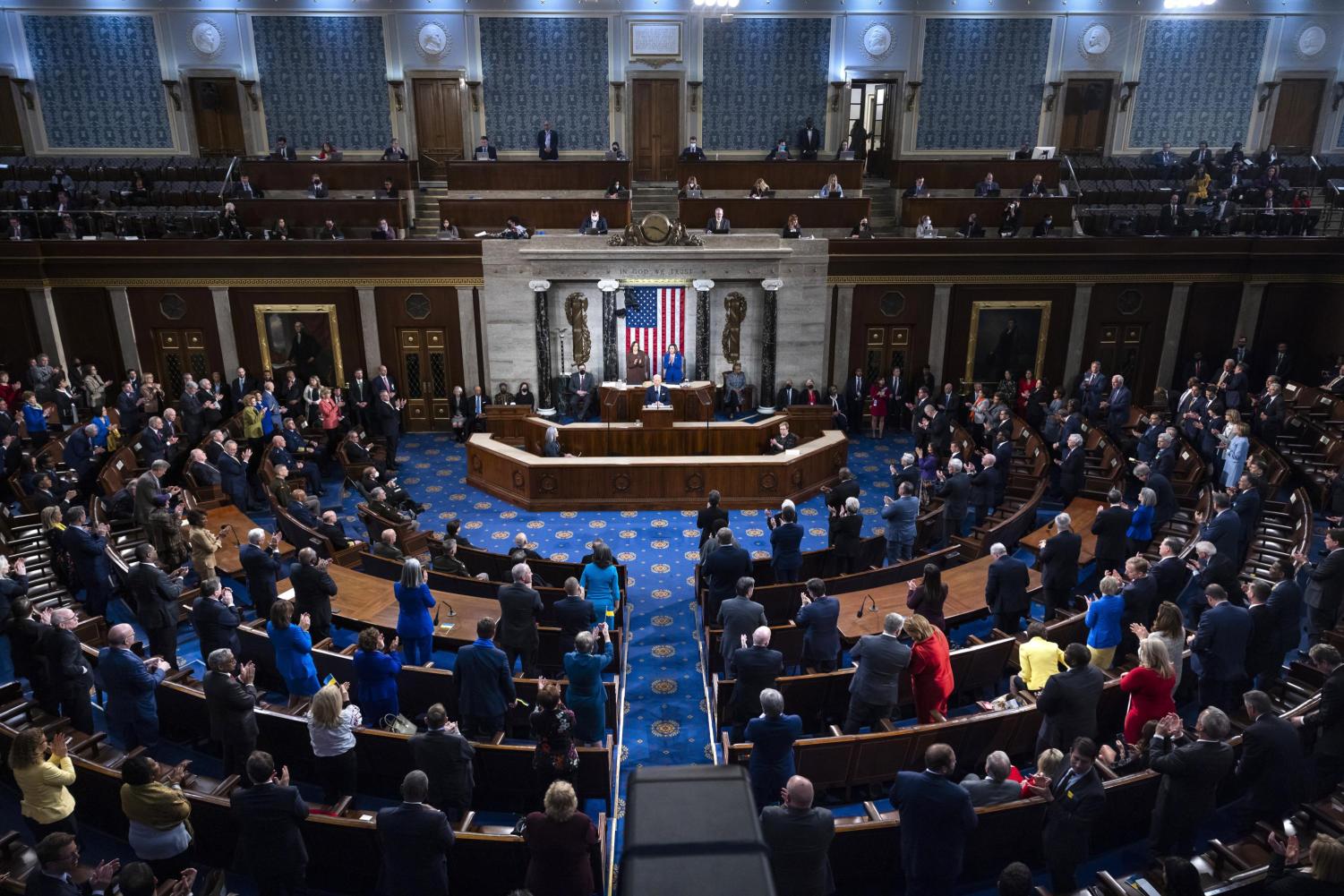
“We’re so gridlocked from a partisan perspective that there’s no attempt to find common ground. There’s no attempt to compliment the other side on anything. It’s like we have our own internal war going on,” Reynolds said.
Even on the national scale, Gonzalez questioned how possible it is for a speech such as Biden’s to unite a divided people.
“It would be a near-impossible task to unify the country with just a speech. It’s a tough task. I don’t know if a State of the Union Address could do it,” Gonzalez said. “There were some nice bipartisan ideas, uniting against Russia and standing in solidarity with Ukraine that got some bipartisan applause. But whether or not the American public can be swayed by that? I don’t know.”
In a twist on the traditionally included statement, “the State of the Union is strong”, Biden ended with a final appeal to the American people.
“The State of the Union is strong — because you, the American people, are strong,” Biden said. “This is our moment to meet and overcome the challenges of our time. And we will, as one people. One America. The United States of America.”

